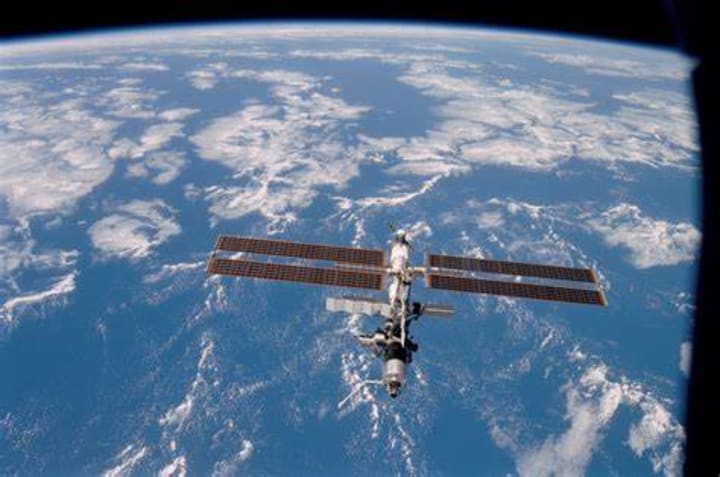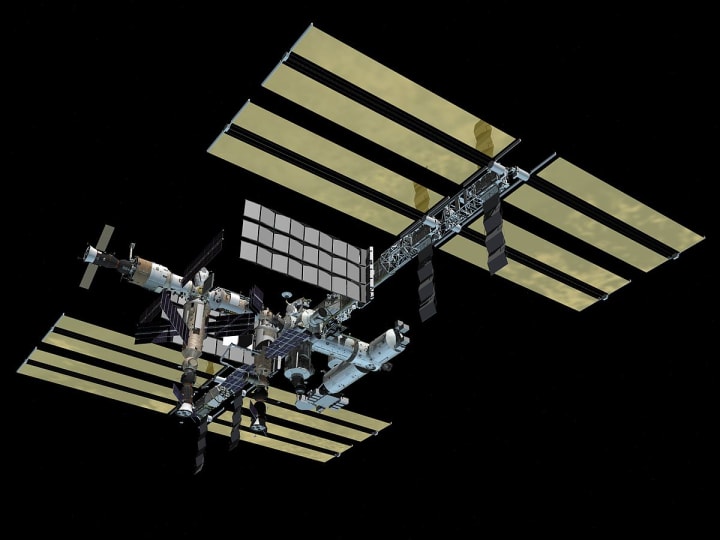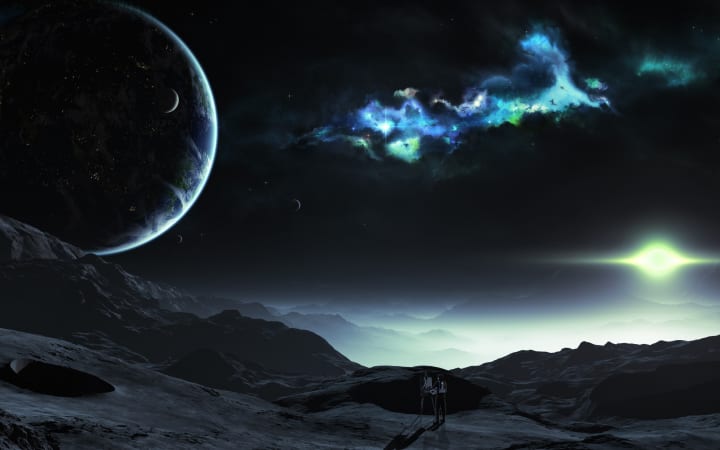Will the ISS Crash to Earth Soon?
Is the ISS Coming Back to Earth Soon?
Imagine a cosmic retirement party like no other! After soaring through the heavens for over two decades, our beloved International Space Station (ISS) is preparing to bid farewell in 2030. But hold onto your helmets, because the ISS isn't going out with a whimper—it's gearing up for an intergalactic finale that will leave stargazers in awe.
Picture this: a colossal football field-sized structure gracefully bowing out of orbit without so much as a cosmic collision. But how does one decommission such an iconic symbol of human ingenuity without accidentally turning it into space debris? Buckle up, space enthusiasts, because we're about to embark on an extraterrestrial adventure unlike any other.
But why retire the ISS now, you may ask? Well, consider this: since its historic launch in November 2000, the ISS has been the beating heart of scientific exploration, orbiting Earth every 90 minutes at a mind-bending eight kilometers per second. It's been a bustling hub of international collaboration, hosting over 3,000 research investigations from 108 countries. Yet even the mightiest space station isn't immune to the ravages of time. With each orbit, it faces the relentless onslaught of space debris, posing a constant threat to its integrity.

Despite its stellar resilience, evaluations indicate that the ISS is showing signs of wear and tear, prompting NASA and its partners to chart a course for its well-deserved retirement by 2030. But fear not, fellow cosmic adventurers, for the ISS's grand finale promises to be nothing short of spectacular.
So, how does one go about gracefully retiring a behemoth in the vastness of space? Join us as we unravel the intricate dance of decommissioning the ISS, ensuring that its final performance is as legendary as its epic debut. From daring maneuvers to delicate operations, every step of this cosmic swansong will be a testament to human innovation and the spirit of exploration. So, fasten your seatbelts and prepare for lift-off—because the ISS's final act is about to take center stage in the grand theater of the cosmos!
As we bid adieu to our celestial marvel, the International Space Station (ISS), in 2030, the reasons behind its retirement unveil a tapestry of cosmic challenges and human ingenuity. With an annual operational cost soaring at approximately $4 billion, and its onboard capabilities reaching their cosmic limits, the ISS faces an inevitable curtain call. But why can't we simply let this space-faring behemoth roam the cosmos indefinitely? Well, strap in for a cosmic ride as we navigate through the galaxy of reasons why that's not exactly a stellar idea.

Enter the Kessler Syndrome, a chilling concept where even the tiniest space debris, hurtling through the void at a mind-boggling 28 million kilometers per hour, could trigger a cataclysmic chain reaction. Picture it: a cosmic domino effect of destruction that puts our entire orbital infrastructure at risk. But fear not, for our intrepid engineers have a plan—cue the Earth's gravitational pull.
By gradually lowering the ISS's operational altitude over a span of years, engineers will deftly guide its descent toward a designated re-entry point: the South Pacific Oceanic Uninhabited Area, better known as Point Nemo. Tucked away in the vast expanse of the Pacific, Point Nemo is a cosmic graveyard where satellites bid their final farewell. Talk about a desolate resting place! Interestingly, the closest companions to this isolated locale are none other than the ISS crew members themselves.
But don't expect the ISS to make a splashy oceanic entrance. No, experts anticipate that most of the station will meet its fiery demise in the atmosphere during re-entry, with only select remnants finding their way to Point Nemo. And fear not, oceanic conservationists, for Point Nemo resides within the South Pacific Gyre—a swirling vortex of currents that keeps the region relatively devoid of marine life. So, rest assured, our aquatic friends won't have any unwelcome surprises washing up on their cosmic shores.
So, there you have it, folks—a cosmic farewell fit for the ages, as the ISS embarks on its final journey into the annals of space exploration.

As the International Space Station (ISS) gracefully bows out of orbit, it joins a cosmic congregation of over 250 celestial companions, spanning back to NASA's Skylab in 1979 and Russia's Mir Space Station in 2001. But fret not, fellow space enthusiasts, for this isn't the end—it's the dawn of a new era in the boundless expanse of space exploration.
With crude missions beyond Earth's orbit on the horizon, NASA is charting a course for the next frontier. Before the ISS takes its final bow in early 2021, NASA aims to usher in a new age of space habitation with the introduction of a private space station. Enter Blue Origin, Nano racks LLC, and Northrop Grumman—three visionary companies tasked with crafting the next generation of commercial space habitats.
Among them, Nano racks have its sights set on 2027 for the maiden voyage of Starlet, their revolutionary commercial space station. A cosmic oasis beckons, promising untold opportunities for scientific discovery and human ingenuity.
Yet, as we bid farewell to the ISS, there's a twinge of melancholy in the cosmic air. For many, the ISS represented their inaugural voyage into the cosmos—a beacon of human achievement amidst the stars. But such is the cosmic dance of progress; all good things must come to an end, no matter how bittersweet.

But fear not, fellow cosmic voyagers, for the legacy of the ISS lives on in the promise of future projects, beckoning us to venture further into the cosmic unknown. So, dear spacefarers, as we embark on this celestial journey, tell us: what was your favorite memory of the ISS? Share your cosmic tales in the comments below, and let's continue to reach for the stars together.

About the Creator
Wali Ahmed Khan
I'm uncovering untold stories or shedding light on pressing issues. I remain dedicated to my craft, driven by a passion for storytelling and a commitment to excellence.
Enjoyed the story? Support the Creator.
Subscribe for free to receive all their stories in your feed. You could also pledge your support or give them a one-off tip, letting them know you appreciate their work.







Comments
There are no comments for this story
Be the first to respond and start the conversation.